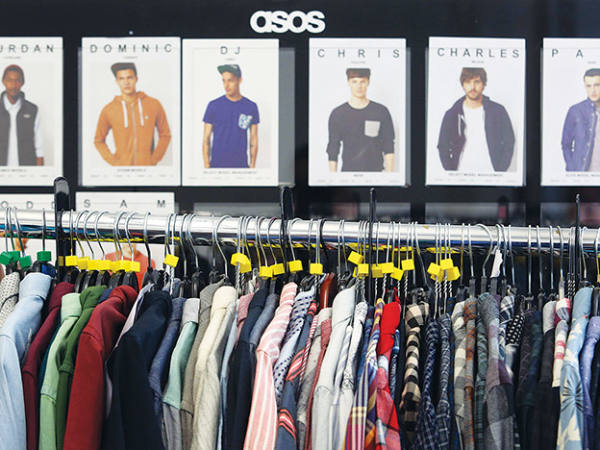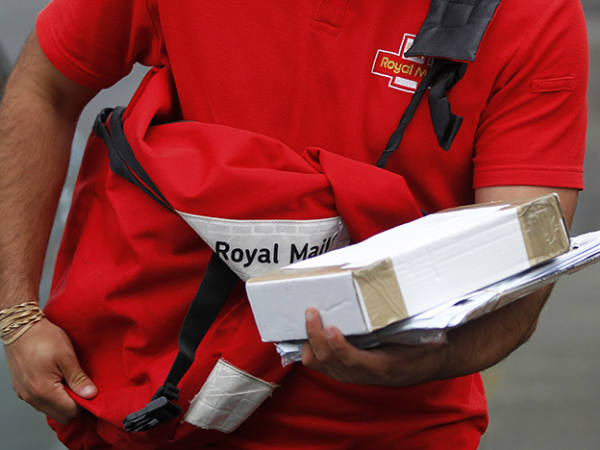Healthcare technology is traditionally the frumpy cousin to the more profitable and research intensive pharmaceutical industry. So chronic has the lack of real innovation been over the past 20 years that the industry endured a year dominated by safety scares involving old technology. But, on the other hand, the only other player in the FTSE 350 healthcare technology field, and one which does not install bits of metal in the human body, could benefit from China's seemingly unstoppable rise.
Smith & Nephew's (S&N) main challenge this year will be to decide if it going to be bought out after the share price rocketed on the back of an unconfirmed bid approach from Johnson & Johnson. Until that situation is clarified, and there are still doubts over regulatory hurdles to a bid, it still has to deal with safety concerns after the US Food and Drug Administration (FDA) expressed concerns over manufacturing processes at one of the company's plants in Tuttlingen, Germany.
The overall market should improve and, fortunately for S&N, the capital spending freeze by hospitals in the US, which affected the endoscopy devices S&N also sells, seems to have eased. Joint replacements could be more challenging as the evidence is that younger patients are still putting off operations to avoid taking time off from a precarious job market. The company will also have to contend with an increase in pricing pressures as governments wrestle to keep the costs of healthcare down in the face of budget deficits. That might mean centralised purchasing of equipment in order to standardise procurement.
Sterilisation services are less risky but Synergy Healthcare's main problem this year will be how to stop rising energy and oil-based raw materials costs within a framework of largely fixed contracts affecting its margins. A large-scale restructuring was management's answer last year which has left the company's balance sheet looking in much better shape than this time in 2008. Longer term prospects will be dependent on how quickly Synergy's presence in Asia, particularly China, start to pay off. The Chinese government has committed itself to spending hundreds of billions of dollars on upgrading the country's fairly basic healthcare system and service companies like Synergy should benefit; the company has already seen average growth rates of 20 per cent or more in its Asian operations. The main problem will be achieving significant scale and until that happens then Synergy is still reliant on the mature UK and Irish market.
| COMPANY | PRICE (p) | MARKET CAP (£m) | PE RATIO | YIELD (%) | 1 YEAR PRICE CHANGE (%) | LAST IC VIEW |
|---|---|---|---|---|---|---|
| SYNERGY HEALTH | 915 | 503 | 18.2 | 1.6 | 39.5 | |
| SMITH & NEPHEW | 685 | 6,093 | 16.3 | 1.3 | 6.6 |







